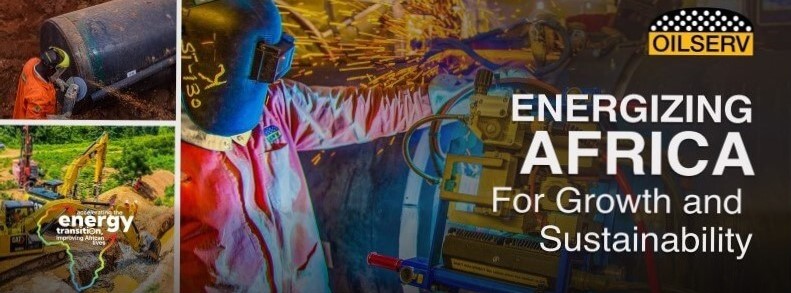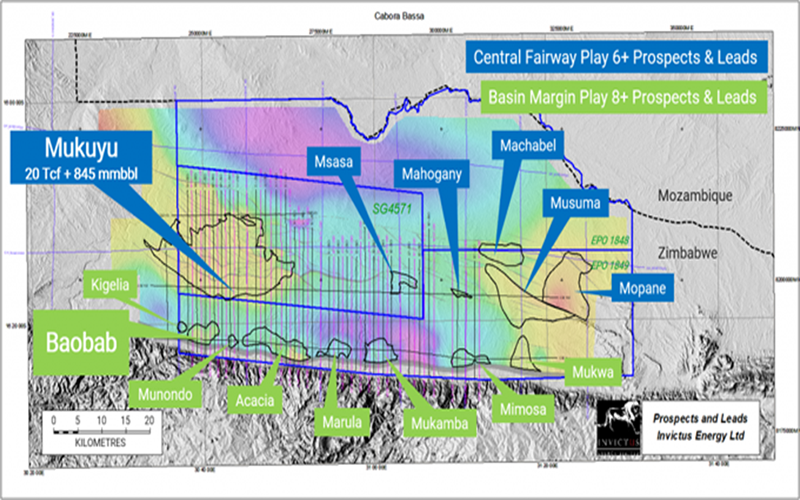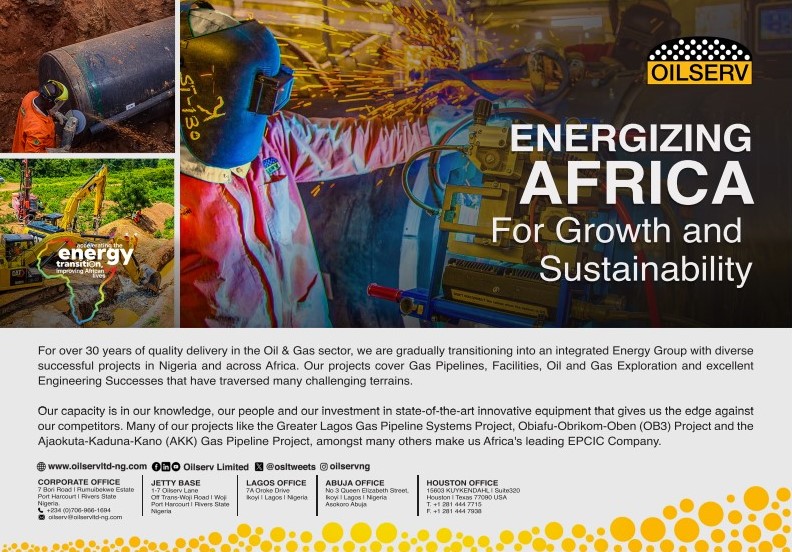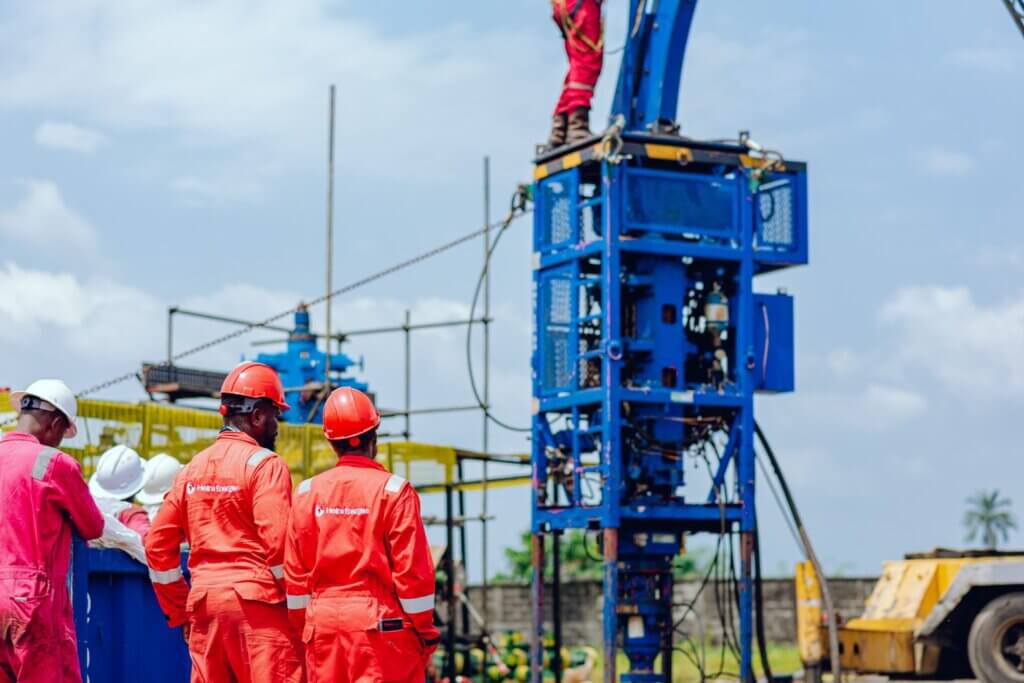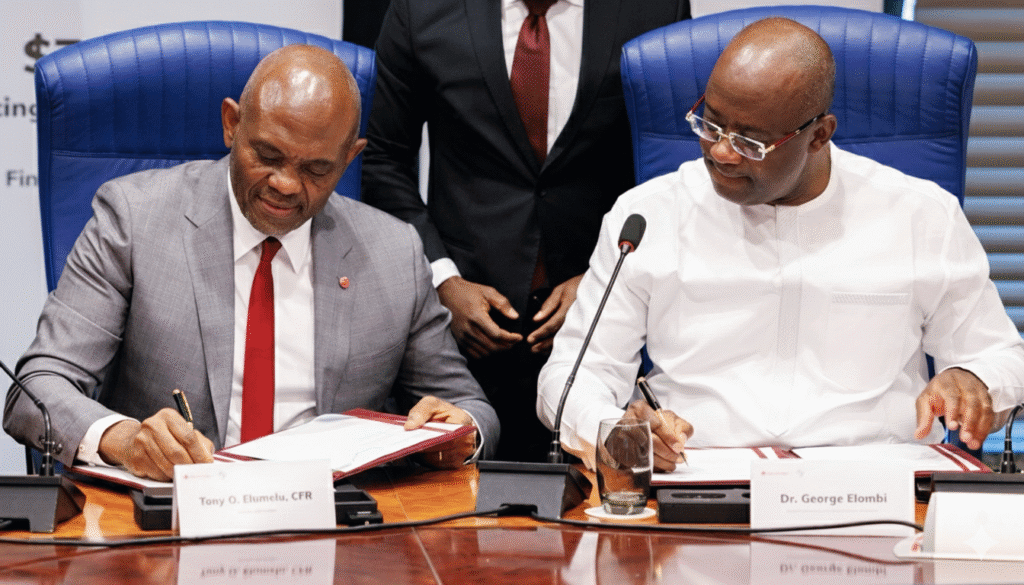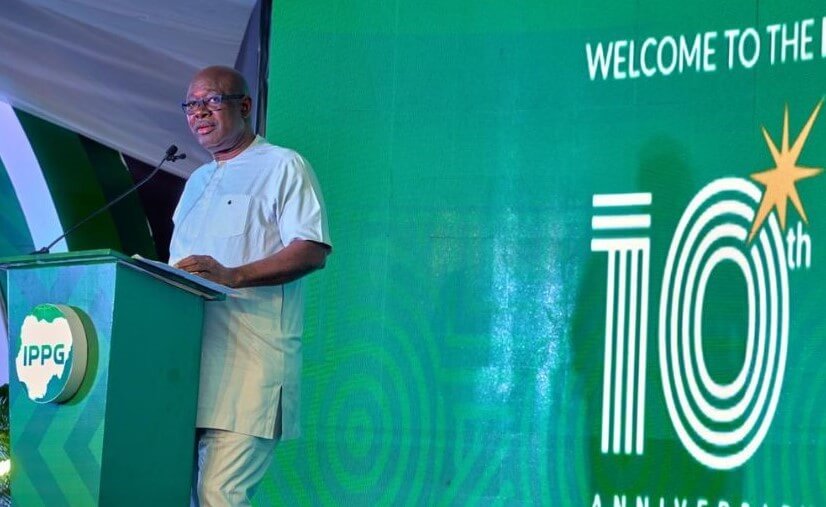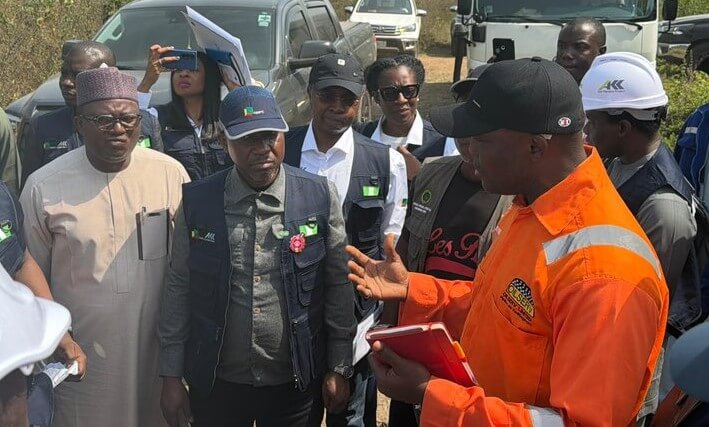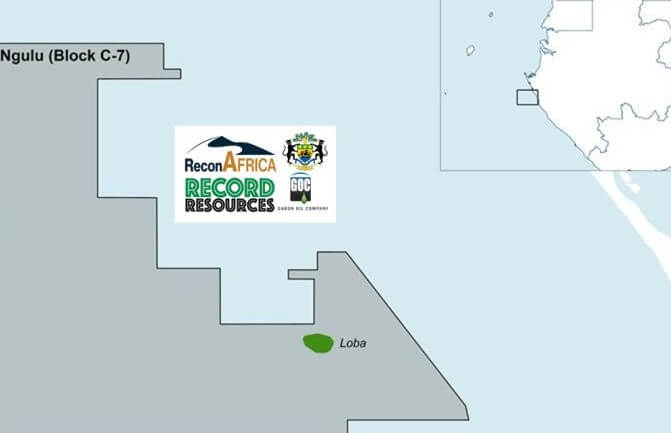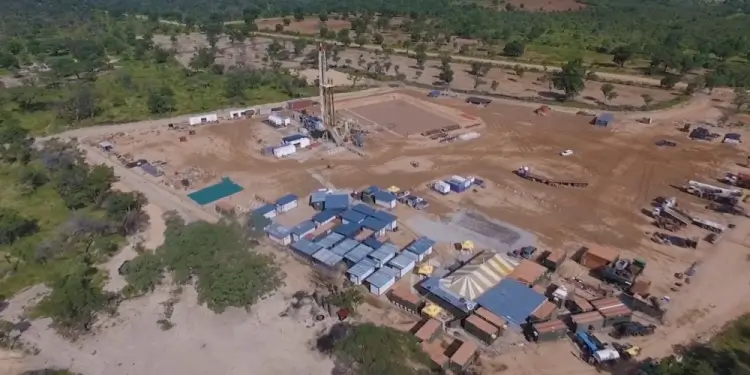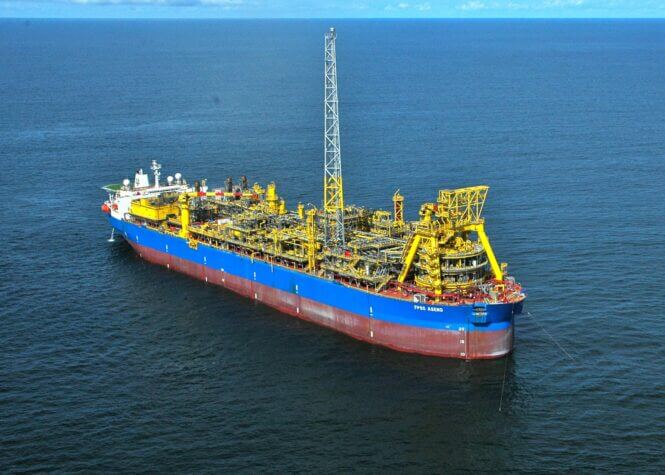
At the end of each year, I like to look back at the past year and ahead to what the coming 12 months might bring (which I will cover in a separate post tomorrow). In the past, I have focused primarily on the GB market, but over the past year, my work has taken me increasingly overseas, and this has been reflected in many of my blogs, so this summary takes a similarly broad view.
A year ago, I expected the Ukraine war to continue to dominate energy markets, and largely hedged my bets by posing a fairly long list of questions as themes for the year:
I would venture to guess that the main themes in the energy markets in 2023 will mirror those in 2022:
- How will the EU fill its gas storage facilities in summer 2023?
- Will Russia resume flows through Yamal to replace lost Nord Stream volumes?
- Will competition for LNG remain high supporting prices?
- Will France succeed in re-starting its nuclear reactors?
- Will Norway act to restrict electricity exports?
- Will policy interventions reduce gas production in Europe and gas imports to Europe?
- Will there be blackouts during periods of low wind output in any of the European countries relying on wind power?
In the UK we can also expect further changes in the retail market…
- Will Ofgem change its mind again on ring-fencing customer credit balances?
- Will the price cap be replaced with a social tariff?
- Will the Octopus acquisition of Bulb conclude successfully and how much will it the Bulb bailout end up costing consumers?
And more broadly…
- Will the UK Government get serious about reducing heat losses from homes?
- Will the Government change its mind about the application of windfall taxes?
- Will the Government and NG ESO act on falling winter capacity margins?
As it turned out, a mild winter took much of the sting out of the Ukraine-related fears for the gas markets. Russian volumes were replaced largely with US LNG, as the EU rushed to deploy floating LNG import terminals. Nord Stream was not repaired, but the market was well supplied heading into this winter. Prices stabilised from the highs of 2022, with retail prices settling down at around double their pre-crisis levels. Wholesale gas prices recently saw 2-year lows.
France did re-start most of its nuclear reactors and EDF even managed to get the troubled Olkiluoto project over the line and into commercial operations. Norway is also acting to restrict exports, and is now planning to amend its Energy Act to allow electricity exports to be curtailed when water shortages are anticipated, rather than after they have occurred. Privately other countries warn they will not export if their domestic markets are stressed, irrespective of market rules.
While we did not see any low-wind blackouts, we have seen multiple failures of wind auctions, project cancellations and mounting losses among turbine manufacturers. This was one of the main energy stories in 2023, as the troubles within the wind sector began to crystallise.
In the UK, Ofgem did not change its mind on ring-fencing consumer credit balances – it still says it will only require this if a supplier appears to be entering financial distress. Whether this will be effective or akin to shutting the stable door after the horse has bolted remains to be seen. The price cap remains, for now, but calls for its replacement grow louder. And the Bulb acquisition has closed, but its final cost to consumer is so far unclear.
None of my “more broadly” questions were addressed in 2023 – not that I really expected them to – and nor do I expect any movement on them in 2024 as we gear up to another General Election. It is highly unlikely that we will see any radical actions in the UK energy markets this year.
So what were the key themes in 2023?
Subsidies dominate both in the US and EU
Towards the end of 2022, the EU agreed a cap on the price of gas, which was due to come into force on 15 February 2023 and last for one year, whereby gas contracts traded on European exchanges would see their prices capped if the TTF front month contract exceeded €180 /MWh, and remained €35 /MWh above an LNG reference price, for three business days. The cap was expanded to all EU hubs in May, and in December it was extended for a further year. The EU also applied caps to Russian oil products.
In 2022, the EU spent €672 billion on state subsidies for energy, which have continued in 2023. The EU is now urging countries to scale down support for consumers as energy prices have fallen back from last year’s highs. The UK Government effectively ended its subsidy scheme in March when the support level was set above the expected gas and electricity prices for the remainder of the year. The EU is concerned about budget responsibility among member states, with nine countries having deficits which violate the 3% of GDP threshold, including Italy, France, Spain and Belgium. The Commission intends to launch excessive deficit procedures at the end of June 2024. Some business support schemes have been extended by the Commission to June 2024.
However, various EU countries want to maintain subsidies, particularly in the power sector, as they fear competitive disadvantage, not least in light of generous US subsidies (see below). A compromise was reached in October under which new subsidies will be required to be structured as contracts for difference.
The US Inflation Reduction Act has started to have an effect – in its first six months, more than 100,000 clean energy jobs were created in the US as a result of almost US$ 90 billion invested. According to the American Clean Power Association, a year after coming in to law, the Act had stimulated over US$ 270 billion of investment to develop utility-scale wind, solar, and storage projects, manufacturing facilities, supply chains in North America and 83 new or expanded clean energy manufacturing facilities, potentially creating 76 GW of manufacturing capacity. Two thirds of these for solar manufacturing. These figures exceed the total spend on clean energy in the 7 years prior to the introduction of the IRA.
185 GW of clean power projects have been announced during the first 50 weeks of the Act – equal to almost 80% of current clean power capacity in the US. The Department of Energy’s Loan Program Office has been reviewing more than 140 clean energy financing and guarantee requests totalling approximately US$ 121 billion. Solar PV capacity increased 47% in the first quarter of 2023, making up more than half of all new grid capacity, while new manufacturing investments could increase capacity from 9 GW to 60 GW by 2026.
After one year, the IRA was credited with creating more than 170,000 clean energy jobs, with companies having announced over US$ 110 billion in clean energy manufacturing investments. There hasn’t been very much impact on inflation, however. The EU continues to believe its carbon pricing approach is superior – next year shipping will be included in the EU ETS for the first time – but may economists think the IRA will attract investment into the US and away from Europe and Asia. The EU has also implemented its Green Deal Industrial Plan for the Net-Zero Age, together with revised state aid rules for renewable energy investments, however no new money has been included in the scheme.
The upshot is that while there is pressure within Europe to scale back subsidies to end users, there are still plenty of subsidies around for generation. This is not limited to renewable generation since various capacity market schemes exist to manage the intermittency risks from the increased deployment of wind and solar.
Grid connections moved from being a niche concern to headline news
Back in July, I wrote:
“The issue of grid connection delays has garnered a lot of attention recently, as developers report large waits to connect to electricity networks, and accuse network operators of holding back net zero plans. Networks are often seen as boring but necessary, and from a regulatory standpoint, Ofgem has not given them the attention they deserve – its network charging and access reforms are dragging on (seven years and counting), with the work largely moved out of the original Significant and Targeted Code Reviews into a new DUoS SCR and TNUoS Taskforce.
Market participants could be forgiven for thinking that this has simply not been a priority for Ofgem, except that now the complaints have got louder, and the press is reporting on multi-year connection delays, the always reactionary regulator has been spurred into talking about it if not actually taking action.”
This problem has not only affected the UK, but is prevalent across the developed world. Often in industry gatherings I hear people express a desire to adopt “best practice” from elsewhere, but in the case of connections management, this habit meant that many countries found themselves stuck with an out-dated framework that was unfit for modern, de-centralised grids. And worse, with cumbersome change processes which make it hard to update this increasingly obsolete bureaucracy.
In October, the International Energy Agency (“IEA”) published a report entitled Electricity Grids and Secure Energy Transitions in which it sets out the grid-related challenges to the energy transition. It identifies regulatory reform, planning reform, increased grid investment and development of supply chains and workforce skills as the steps necessary to enable these challenges to be overcome.
“To achieve countries’ national energy and climate goals, the world’s electricity use needs to grow 20% faster in the next decade than it did in the previous one…Reaching national goals also means adding or refurbishing a total of over 80 million kilometres of grids by 2040, the equivalent of the entire existing global grid,”
– IEA, Electricity Grids and Secure Energy Transition
Developed world power grids are aging at the same time that they require reinforcement and expansion to accommodate renewable generation. Only around 23% of grid infrastructure in advanced economies is under 10 years old, and more than half is over 20 years old. Transformers, circuit breakers and other switchgear in substations typically have a design life of 30 to 40 years. Underground and subsea cables are generally designed for 40 years, although newer versions may be expected to last for 50 years, while overhead transmission lines can go for up to 60 years before requiring a major overhaul. However, expensive items such as transformers are often kept in use past their expected lifetime, due to their high cost of replacement.
Upgrading and expanding power grids will cost US$ billions, and will be complicated by supply chain constraints and restricted access to raw materials. While policy-makers and regulators can overhaul planning and permitting process, and connection queue management, there is little that can be done to manage these supply chain challenges, and it’s far from clear how these projects will be paid for. While this issue came on the radar in 2023, it’s likely to remain on the agenda for the next few years.
Wind projects run out of puff
I came back to the topic of the cost of renewable generation and the Levelised Cost of Energy (“LCOE”) several times last year, addressing the limitations of the approach (The myth that renewables are cheap persists in part due to the flawed use of LCOE) and the superiority of the EROI (energy return on energy invested) approach.
In June I wrote about the dissonance between the widely held belief that windfarm costs are falling, and mounting, multi-billion dollar losses among turbine manufacturers. I also described the findings of Professor Gordon Hughes from the University of Edinburgh, as to the cost trends for windfarms, whose accounts are available for public inspection at Companies House. He found that:
- The actual costs of on-shore and off-shore wind generation had not fallen significantly over the previous two decades and he saw little prospect that they would fall significantly in the next five or even ten years;
- While some of the component costs had declined, overall costs had not. The weighted return for investors and lenders had fallen sharply, especially for off-shore wind, due to a reduction in perceived risk. In addition, the average output per MW of new capacity may have increased, particularly for off-shore turbines, however, those gains were offset by higher operating and maintenance costs;
- The capital costs per MW of capacity to build new wind farms decreased substantially from 2002 to about 2015 and then, at best, remained constant until 2020; and
- The classic period for early cost reductions was over by 2010. While off-shore wind was in itself an immature technology, it was based on two significantly more mature technologies: on-shore wind and oil and gas infrastructure, limiting the potential for learning curve benefits.
I highlighted the difficulties faced by successful projects in the AR4 contracts for difference (“CfD”) auction round, and the fact that developers had been asking for enhanced economics. I questioned the tactics of developers, entering the action at prices they knew were too low to make the projects economic and wondered what this would mean for AR5. In September, I described the failure of AR5, which saw no bids at all for off-shore wind projects.
The following month I described similar failures elsewhere in the world. During the whole of 2022 there were no off-shore wind investments in the EU other than a handful of small floating projects. Several projects had been expected to reach financial close last year, but final investment decisions were delayed due to inflation, market interventions, and uncertainty about future revenues. Overall, the EU saw only 9 GW worth of new turbine orders in 2022, a 47% drop on 2021. After failing to secure enhanced economics for projects off the New Jersey coast, Orsted cancelled them.
I summarised the problems facing the wind sector:
- Technological: a poorly managed push for larger turbines has run into trouble with warranty claims driving losses and distracting OEMs from production activities;
- Operational: badly structured planning processes as well as poorly structured commercial contracts are leading to project delays; and
- Economic: a dis-connect between the expectations of policy-makers that wind generation is “cheap” and the realities of rising supply chain costs and the adverse impact of higher inflation at the same time as cheap Chinese alternatives begin to take hold, particularly in Europe.
This is another topic that is likely to run into 2024.













